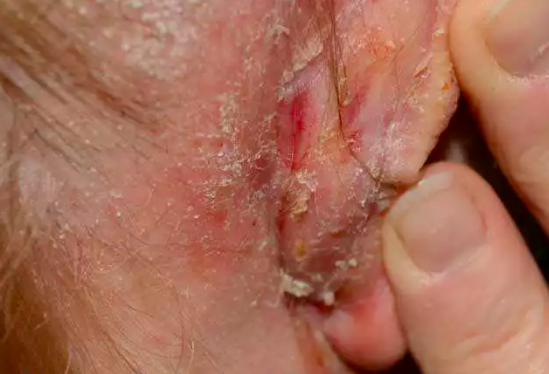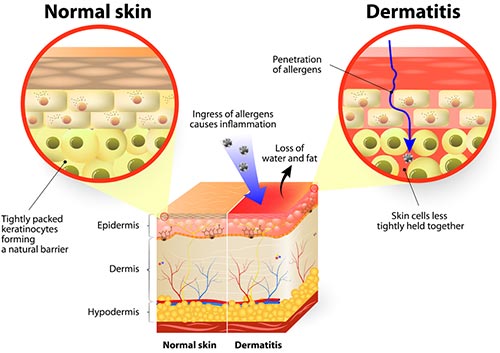


Date: 04 Jun 2025
Seborrheic dermatitis is a chronic, relapsing inflammatory skin condition that primarily affects areas of the body rich in sebaceous (oil) glands, such as the scalp, face, chest, and upper back. It is a common condition that causes redness, scaling, and dandruff, and although it’s not contagious or life-threatening, it can be uncomfortable and cosmetically distressing.
This guide explains everything you need to know about seborrheic dermatitis, including its causes, signs, risk factors, and most importantly, how to manage it effectively with treatments available at Pharmily.
Seborrheic dermatitis is a chronic skin disorder that leads to scaly patches, redness, and stubborn dandruff. It is often confused with dry skin, eczema, or psoriasis. It tends to flare periodically, especially in cold, dry seasons or during times of stress.
In infants, this condition is referred to as cradle cap, which typically affects the scalp and resolves on its own within the first year of life. In adults, seborrheic dermatitis is more persistent and may require ongoing management.
The exact cause is not fully understood, but several contributing factors include:
Seborrheic dermatitis is not caused by poor hygiene, and it is not contagious.
Symptoms vary depending on the area affected, but typical features include:
Seborrheic dermatitis can affect anyone, but certain factors increase susceptibility, such as:

Most diagnoses are based on physical examination and medical history. A dermatologist may inspect the appearance and location of the rash. In rare cases, a skin biopsy or fungal culture may be performed to rule out other conditions like psoriasis, eczema, or tinea infections.
A diagnosis is typically made based on physical examination and medical history. Your healthcare provider may examine affected skin and rule out other conditions such as psoriasis, eczema, or fungal infections.
In rare cases, a skin biopsy may be required for confirmation.
Although seborrheic dermatitis cannot be cured permanently, it can be managed effectively with a combination of medicated shampoos, creams, lifestyle changes, and proper skincare.
At Pharmily, we offer several antifungal and anti-inflammatory shampoos that are effective in managing seborrheic dermatitis:
These are essential for treating seborrheic dermatitis on the face, ears, chest, and body folds.
⚠️ Note: Avoid long-term use of topical steroids on the face to prevent skin thinning and other side effects.
Although not a cure, lifestyle changes can help reduce flare-ups:
You can find the following effective treatments at Pharmily:
|
Product |
Use |
Benefits |
|
Ketoconazole 2% Shampoo |
Scalp |
Antifungal, reduces scaling and dandruff |
|
Selenium Sulfide Shampoo |
Scalp |
Fights yeast, reduces oiliness |
|
Clotrimazole Cream |
Face & body |
Topical antifungal for yeast control |
|
Hydrocortisone Cream 1% |
Red, itchy areas |
Short-term inflammation relief |
|
Zinc Pyrithione Shampoo |
Mild dandruff |
Daily maintenance and gentle care |
🛒 Visit Pharmily to order genuine, affordable treatments and get them delivered conveniently to your home anywhere in Kenya.
Dandruff is a mild form of seborrheic dermatitis that only affects the scalp. When symptoms extend to other parts of the body, like the face or chest, it is considered seborrheic dermatitis.
No, it is not contagious. You cannot catch it from someone else, even through direct skin contact.
Unfortunately, no. It is a chronic condition, but symptoms can be controlled with consistent treatment and lifestyle adjustments.
Start by using it 2–3 times a week. Once symptoms improve, reduce to once weekly for maintenance.
Yes. Stress is a known trigger for flare-ups. Managing stress through adequate rest, exercise, and mindfulness can reduce the frequency of symptoms.